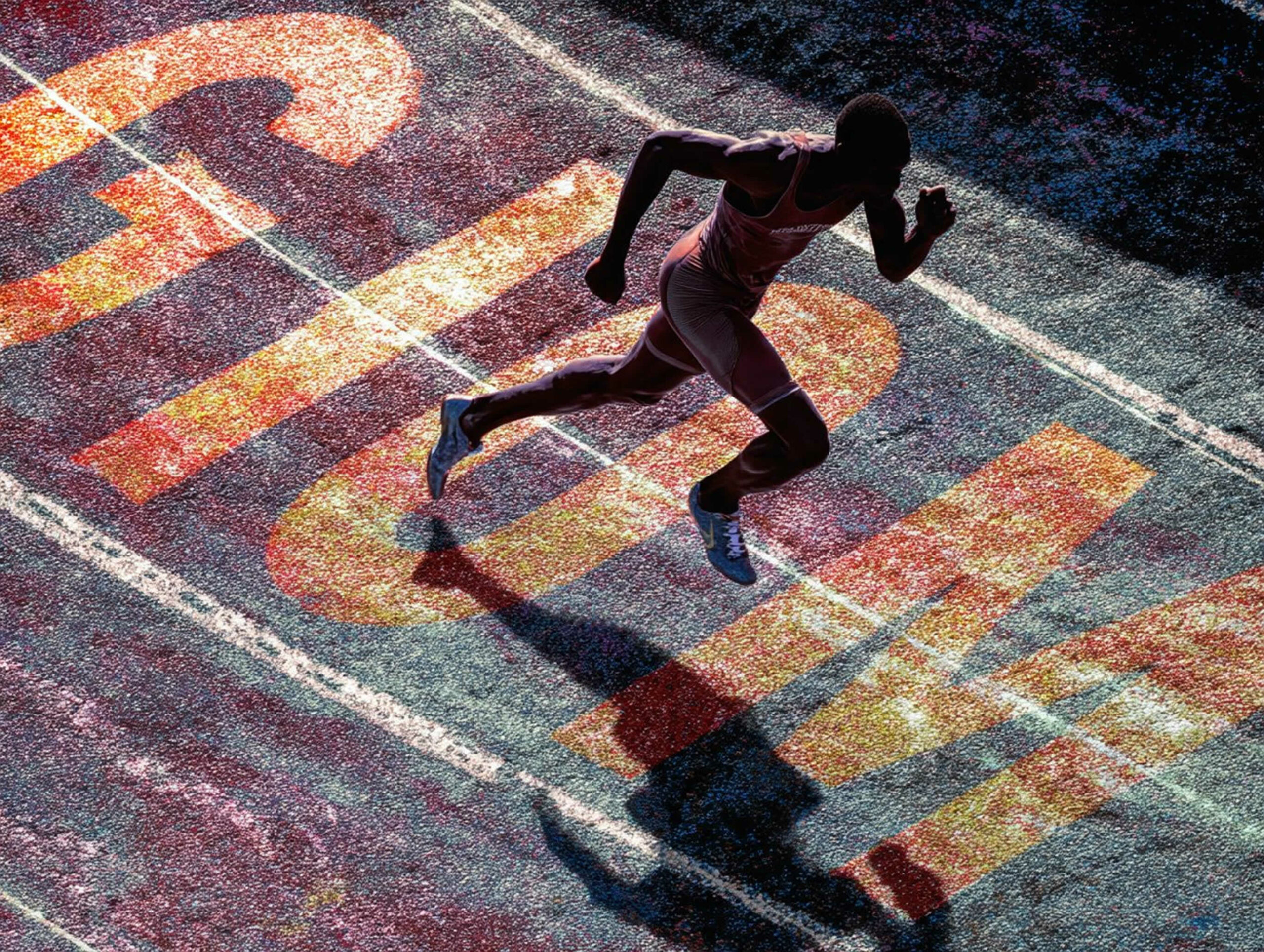Athletes juggle legitimate health needs, coaches scrutinise every fraction of performance, and governing bodies scramble to stay ahead of shady shortcuts. But this isn’t just about rules and paperwork. It’s about science, blurry legal lines, and real people navigating a high-pressure, high-stakes world.
This piece unpacks what doping actually involves, how it’s detected, what’s allowed, what’s not, and the legal scaffolding that tries to keep it all under control. If you’ve ever wondered how a physio session is fine but a certain injection could land an athlete in deep trouble, you’re in the right place.
Understanding Doping and Anti-Doping Science
Doping, at its core, involves using substances or methods that artificially enhance performance in a way that’s against the rules. The World Anti-Doping Agency (WADA) puts out an updated list each year that outlines what’s banned, and it’s a surprisingly dense read. From steroids to hormone boosters to stimulants that mess with your nervous system, the list includes things designed to build muscle, boost endurance, cut recovery time or mess with pain perception.
These substances act on the body in different ways. Anabolic agents, like certain steroids, help build muscle mass fast. Blood doping or erythropoietin (EPO) thickens the blood to carry more oxygen, helping endurance athletes go harder for longer. Then there are substances that act more subtly, reducing fatigue or stress responses so an athlete can train more or compete under pressure.
Science plays a huge role in tracking how these substances interact with the body. Metabolism affects how long something stays detectable in your system. Even your hydration level or what you ate that day can influence results. That’s why anti-doping agencies need a firm grasp on both biology and behaviour.
Detection and Enforcement
Catching doping isn’t as straightforward as it sounds. Most people imagine pee in a cup and a lab test, but it’s a whole operation. Testing can include urine, blood, and even biological passport systems that monitor an athlete’s baseline values over time. The idea is that if something spikes or dips beyond the norm, it’s a red flag.
The timing of tests matters a lot. Some substances clear out of the system in hours, others take days. That’s where “detection windows” come in. Athletes who are trying to cheat will often time their use around these windows. It’s a bit of a cat and mouse game. Agencies try to do unannounced testing, including out-of-competition checks, to keep everyone honest.
The enforcement side includes investigations, lab analysis, and often, a long back-and-forth if someone challenges the results. There’s a lot of paperwork, and the science behind a positive test has to hold up under scrutiny. One misstep in the chain of custody or one dodgy result, and the whole case could fall apart.
Therapeutic Use Exemptions (TUEs)
Here’s where things get murky. What if an athlete has a legit medical condition that requires treatment with a banned substance? That’s where Therapeutic Use Exemptions (TUEs) come into play. Athletes can apply for a TUE if they need a substance or method for genuine health reasons. But getting one isn’t a walk in the park.
They have to provide medical evidence, usually from a specialist, and show that there’s no reasonable alternative treatment. The governing body then reviews it and either approves or denies the request. Even with approval, there’s always a risk of public scrutiny—especially if the athlete performs exceptionally well afterwards.
Some critics argue that TUEs can be exploited, but others point out that withholding necessary treatment can be just as unfair. Either way, the application process is tightly controlled, and each case has to stand on its own.
What’s Legal: Treatment and Recovery Options
Not everything that helps performance is off-limits. There’s a whole world of legal ways athletes can take care of their bodies. Physiotherapy, massage, sports psychology, ice baths, and stretching routines are all part of the recovery arsenal.
We’ve talked with the team at AppliedMotion, a sports physio clinic based in Perth, and they’ve confirmed that physiotherapy remains a cornerstone of athlete recovery. From joint mobilisation to targeted exercise programs, it’s all above board. Many of their clients are high-level athletes who rely on physio not just for injury rehab, but for staying sharp during long competitive seasons.
Nutritional supplements can be used too, though with caution. Even something as innocent-looking as a protein shake can be contaminated if it’s been produced in a facility that handles banned substances. Some athletes stick to certified products, or ones batch-tested to reduce risk.
Prescription medications are another tricky area. If they contain a banned substance, a TUE is required. Otherwise, athletes stick to painkillers, anti-inflammatories, and similar treatments that are widely accepted.
Cryotherapy, compression garments, and altitude training chambers are also legal. The line usually gets drawn when a method interferes chemically with how the body functions during performance.
The Legal Framework Around Doping in Sport
This isn’t all handled with handshake deals and team rules. There are actual laws and governing frameworks that keep the anti-doping world spinning.
At the top is the World Anti-Doping Code (WADC). It’s not technically a law, but it’s legally binding for all signatories—basically anyone who wants to compete internationally or be taken seriously as a sporting body. It sets the standards for banned substances, testing, results management, and sanctions.
Different countries then back that up with their own national laws:
In Australia, anti-doping rules are enforced through the Sport Integrity Australia Act 2020. It replaced the earlier ASADA framework and gives Sport Integrity Australia the legal teeth to investigate and impose sanctions.
In the UK, doping isn’t a standalone criminal offence, but actions like trafficking performance-enhancing drugs fall under regular drug laws. UK Anti-Doping (UKAD) handles the sporting side, applying the WADA Code and running national testing.
Over in the United States, the Rodchenkov Anti-Doping Act of 2020 made it a federal crime to facilitate doping at international events involving American athletes or sponsors. It’s one of the few places where doping violations can land someone in court rather than just arbitration.
And then there’s the Court of Arbitration for Sport (CAS). This is the international body where most serious disputes end up. It’s not a criminal court, but its rulings are binding within the sporting world. CAS decisions often set precedents, especially in complicated TUE cases or procedural appeals.
Legal Challenges in Anti-Doping Cases
Even with all the rules, mistakes and grey areas pop up more often than you’d think. Athletes have been caught out by contaminated supplements, procedural slip-ups during testing, or dodgy lab results. Some mount a defence based on these technicalities, and in some cases, it works.
There’s also the challenge of proving intent. Doping rules operate on something called strict liability, which means that if it’s in your system, you’re responsible—whether you meant to take it or not. That’s why athletes go to such lengths to document everything they ingest or apply.
Legal defences usually rely heavily on expert witnesses—people who can explain how a substance was metabolised, how long it likely stayed in the system, or whether it’s plausible the result was caused by a contaminated batch.
The appeal process can be gruelling, with some cases dragging on for months or even years. It’s a high-stress experience that can derail a career regardless of the final outcome.
Ethical and Professional Considerations
Behind all the science and legality sits a tangle of ethics. Athletes are under huge pressure to win, qualify, or even just keep their spot on the team. That pressure can come from within or from coaches, sponsors, or federations with a lot riding on the outcome.
At the same time, governing bodies have a duty to keep sport safe and fair. They have to educate athletes and support staff, make rules crystal clear, and investigate fairly when things go wrong.
Medical teams, in particular, walk a fine line. They need to provide the best care without crossing into risky territory. A well-meaning prescription or overlooked supplement can easily lead to sanctions, so communication and record-keeping become crucial.
Looking Ahead
Sport will always evolve, and so will the methods used to enhance performance and the systems that try to keep it clean. Anti-doping isn’t going anywhere, but neither is the debate about what’s fair, what’s healthy, and what’s allowed.
As science gets better at detecting the tiniest traces and legal structures tighten up, athletes, coaches, and support teams need to stay sharp. Clear rules, robust support, and a fair shot for everyone—that’s the real goal. And while nobody’s claiming the system is perfect, it’s getting harder to outsmart both the science and the law at the same time.
It’s messy, often controversial, but undeniably essential for the future of competitive sport.






